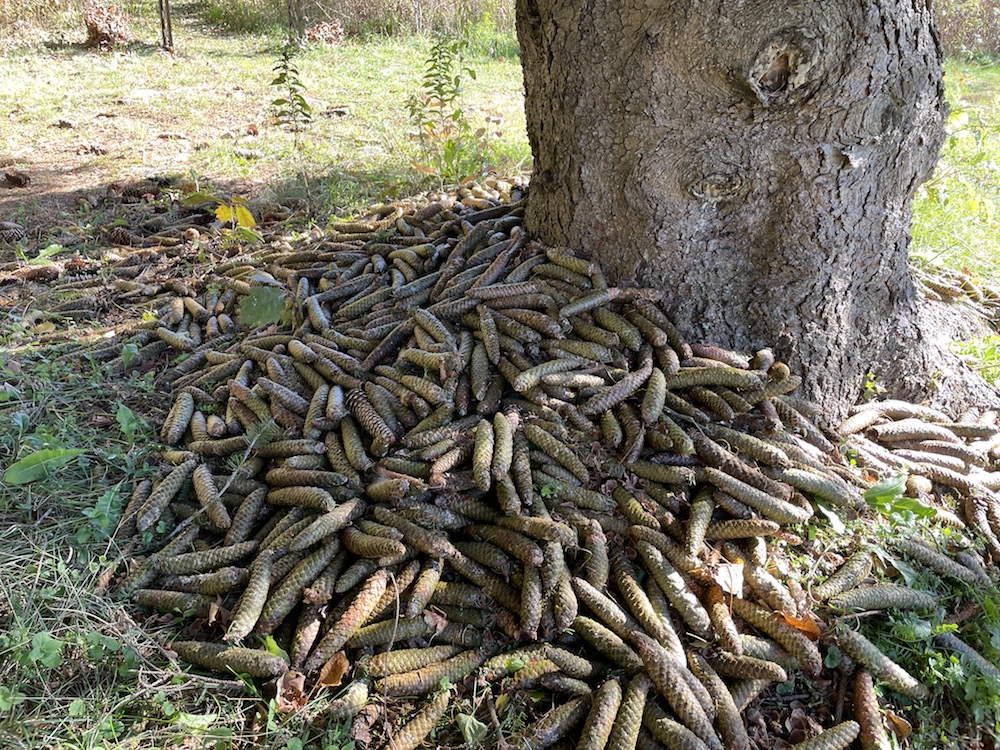Have you ever heard that trees are like an iceberg, mostly hidden from sight?
If I ask you to imagine a tree, what comes to your mind? Is it a tall trunk that leads to a fully leafed-out canopy? When you picture this tree, do you also think of the roots? If so, are you imagining something like this?

The image above is the “classic” idea of a tree; it’s got one trunk, a round canopy full of leaves, and a root system that goes far underground, almost mimicking the size and shape of the branches above it. Although this rendering is common, unfortunately it’s not an entirely accurate depiction of tree anatomy below ground.
A strong, stable root system is vital for the long-term health of a tree, but so is a root system that covers a lot of area. Instead of the above image, most tree roots really look more like this:

Illustration by Larry Decker
In this image, the roots spread much farther out from the canopy than in the first. They’re also more shallowly in the ground, and they look smaller in proportion to the rest of the tree’s woody mass.
The diameter to which roots spread is dependent on many factors, like species and location, but generally tree roots will grow beyond the canopy, reaching out two or three times as far, or even further if the location allows it. This gives the tree a wide base, which means more stability, while also giving it more surface area to collect nutrients and water.
Access to resources is also the reason the roots are buried surprisingly shallow. In fact, up to 90% of a tree’s roots are within the top 12 inches of soil. The most organically rich and moist layers of soil are only the top few inches or feet of the forest floor, so digging down further than that wouldn’t be a good use of energy. Some trees may have one long taproot that extends straight down beyond this depth, but the majority of the roots, and the work they do, sit just below the surface.
The root layer staying shallow is also a limiting factor for how big it can grow, so roots are actually less of a tree’s overall weight than many people predict them to be. Roots typically account for 20-25% of a tree’s mass, not the 50% mirrored image of how they’re often drawn.
Keep an eye out on your next hike for areas and trails that have been dug down into the earth and you might get to see a cross section of what the forest looks like underground. The skid trail in this photo was cut down deep enough to expose the once-hidden network of roots.
You can see here that the roots really thin out after only a foot or so, which keeps them in line with the richest layer of soil.
Roots play an important role in the life of a tree, but they also benefit us through amazing ecosystem services, like water filtration and erosion prevention. Trees work hard every day to keep themselves alive, but that work also keeps us and our communities healthy and thriving. For more info on the ecosystem services of trees, check out the related blogs.






